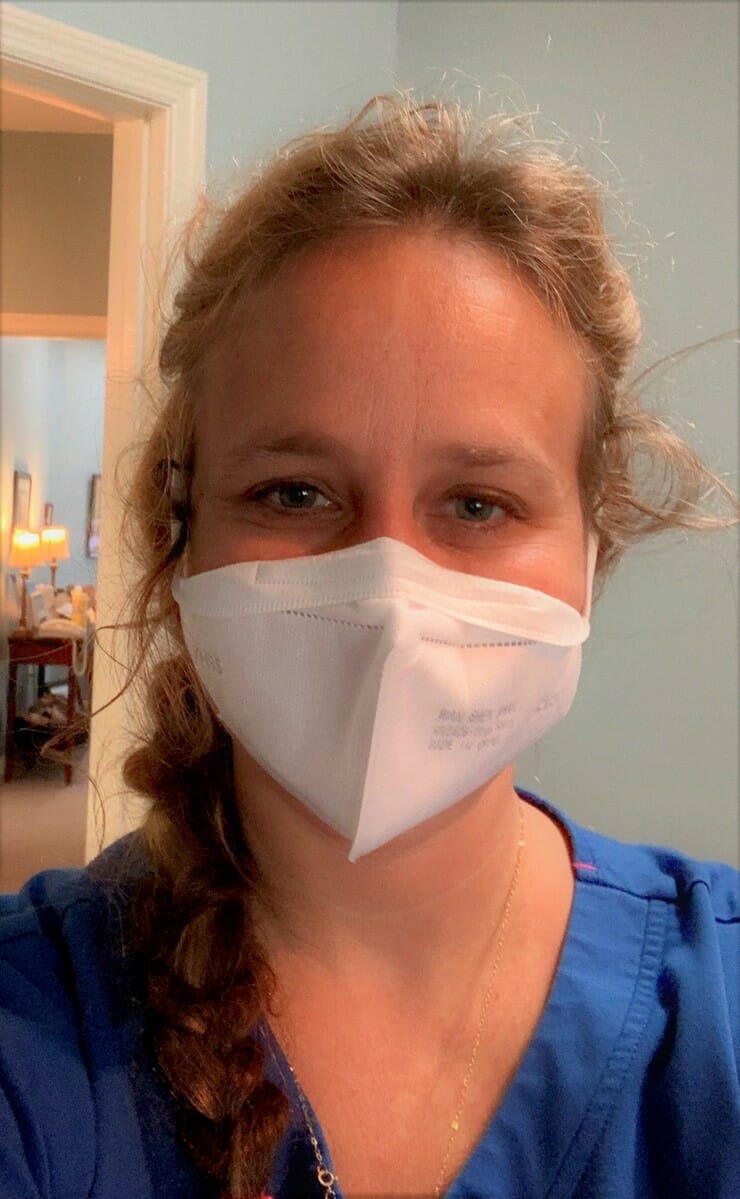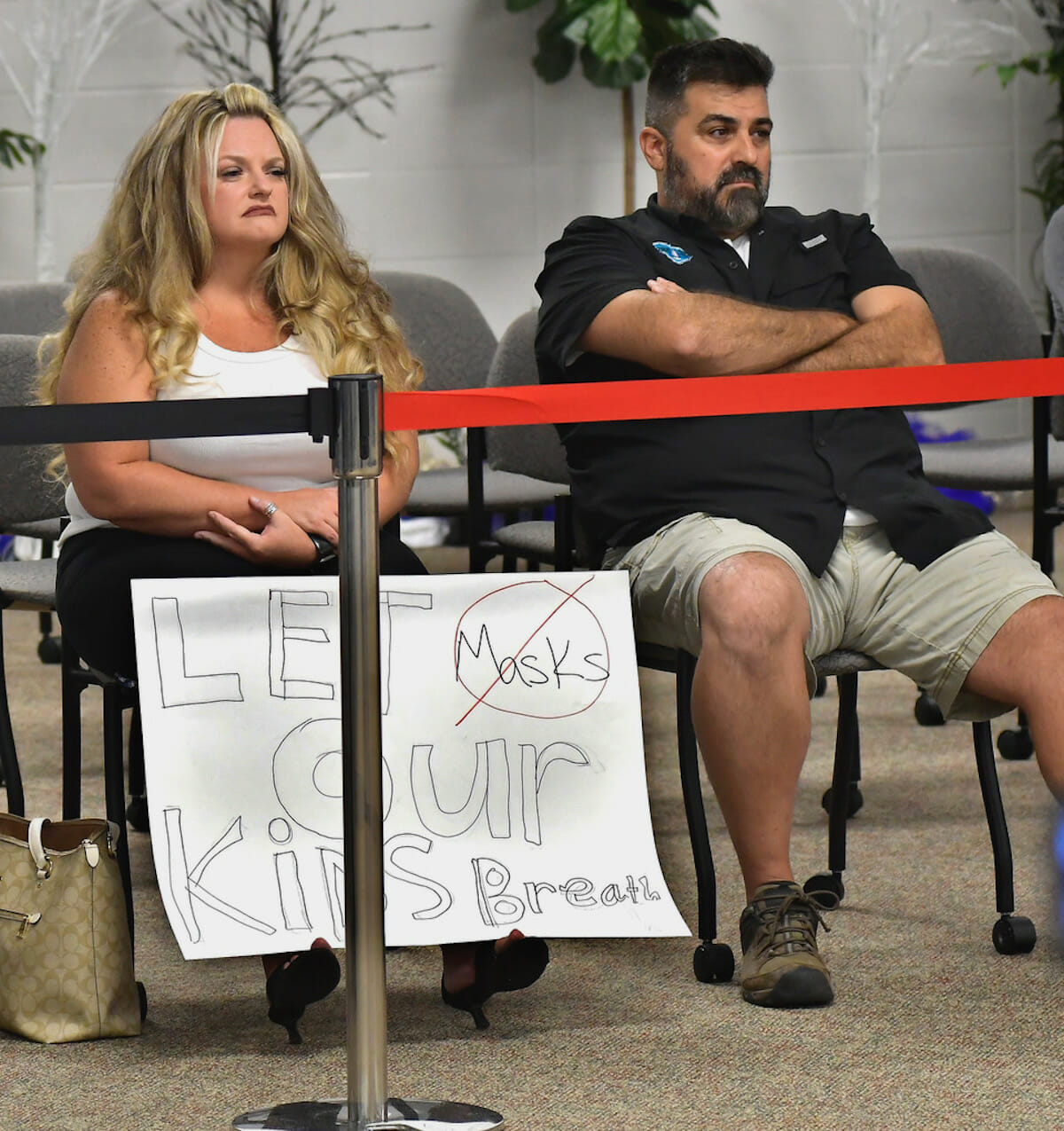By Monica Wiser
As someone with hearing loss, I certainly miss the ability to read lips and facial expressions now that we are all wearing masks. As an audiologist, I hear the frustration from my patients every day.
Even people with normal hearing are having more difficulty communicating with one another. Masks don’t just cover our lips and our smiles, they actually muffle speech sounds.
A recent study published in the Hearing Review Journal found that masks reduce speech sounds from 2000-7000 Hz spoken by the wearer by 3 to 4 dB for a simple medical mask and close to 12 dB for the N95 masks.
That means that speech sounds like “s,” “f,” “th,” “sh,” and “k” are less audible, and that can make for a good deal of confusion in conversation.
So, what can we do to help facilitate communication throughout this pandemic?
For people with normal hearing, especially for health care providers and people working with the public:
- Please be patient when someone asks for repetition. Treat them the way you would want to be treated.
- Make sure the person you wish to speak with knows that you are starting a conversation with them. Politely get their attention and look them in the eye before speaking. This is especially true when opening a new register. People with hearing loss often get left behind when a new line is opened while everyone who can hear the cashier cuts ahead of them.
- Instead of shouting, rephrase your comment. Sometimes, it is just one word that is causing confusion, so use different words to overcome that obstacle.
- Turn on captioning on your smartphone. Your voice will be captioned, and you can hold your phone out for the other person to read what you are saying. Google translate and other captioning apps can be used.
- Businesses and providers can set-up a tablet or computer monitor with a free online service that captions live speech in real-time. Web-captioner is a free online service that works fairly well.
- Reduce ambient noise. Businesses may want to turn off the music or TV’s playing in the background.
- Face people directly and avoid looking down or off to the side when speaking.

- Consider wearing a mask with a clear window in front of the mouth so people can read your lips.
- Go ahead and use your hands to gesture when speaking. It may not be what we were taught in public speaking classes, but it is effective for getting the point across.
For people with hearing loss:
- Let people know that you have a hearing loss. Most people will try to make a better effort to communicate if they know you are having trouble hearing them.
- Turn on captioning on your smartphone and hold it out to pick up the speaker’s voice. (See suggestions above)
- Phrase your questions for “yes” or “no” answers. This will make it easier for you to get a straight answer without having to sort through a long string of inaudible words.
- If you cannot get captioning on your phone, bring a small notepad and pencil as a last resort.
- If your hearing aids keep flopping off due to the ear loops on masks, you can secure those ear loops with another piece of string to pull them away from your ears. If tight enough, you can even wear the straps without touching your hearing aids while keeping your mask securely in place. It also makes it easier to pull the mask down around your neck once you leave a public setting.
If anything good has come of this mask-wearing experience from a hearing standpoint, it is that people who don’t suffer from hearing loss are now becoming more aware of how even a slight hearing impairment can impact our everyday lives.
I hope it will make people pause before they say, “never mind” to someone who cannot hear well.
And I hope this experience will make us all better communicators.
Monica Wiser, M.A. CCC-A, and two of her siblings have worn hearing aids since childhood. In 1994, she graduated from California State University Northridge at the top of her class and was designated as the Outstanding Graduate Student in the Communicative Disorders Department at San Diego State University in 1996. She has been advocating for better hearing care for more than 20 years and owns a private practice on Lady’s Island, Beaufort Audiology & Hearing Care.








